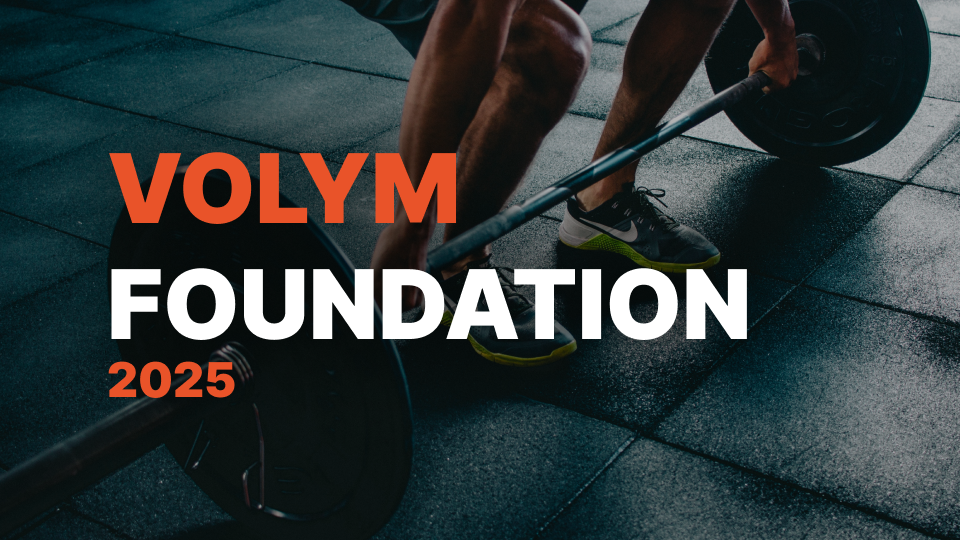The seated machine calf raise is one of the best ways to isolate and strengthen your soleus muscle—the deeper calf muscle that plays a big role in lower leg size and endurance.
Because the knees are bent, this movement targets the soleus more than standing variations, which hit the gastrocnemius harder.
If you want complete calf development, the seated machine calf raise is a must-have in your routine.
Muscles Worked
- Primary: Soleus (deep calf muscle)
- Secondary: Gastrocnemius (outer calf), foot stabilizers
Training both standing and seated calf raises ensures you target the full calf complex for optimal growth and strength.
How to Do It (Step-by-Step)
- Sit in the machine and adjust the thigh pads so they rest snugly on your legs.
- Place the balls of your feet on the platform with your heels hanging off.
- Unrack the weight by lifting slightly.
- Lower your heels toward the floor, getting a full stretch.
- Press through the balls of your feet to raise your heels as high as possible.
- Pause and squeeze at the top, then lower under control.
- Repeat for the desired reps.
💡 Focus on quality reps—controlled tempo and full range of motion are key.
Rep & Rest Guidelines
| Goal | Reps | Rest |
|---|---|---|
| Hypertrophy | 12–20 | 30–60 sec |
| Endurance | 20–30+ | 15–45 sec |
Use Auto Progression to gradually increase your reps or load as your calves adapt.
Form Tips
- Full stretch at the bottom: Don’t cut the range short—get a deep stretch each rep.
- Pause at the top: Hold the contraction for 1–2 seconds to maximize activation.
- Controlled tempo: No bouncing—slow, deliberate reps lead to better gains.
- Keep feet balanced: Press through the big toe and across the ball of the foot evenly.
When to Use It
- Toward the end of leg day or lower-body sessions
- In combination with standing calf raises for complete calf development
- 2–3 times per week for higher-frequency calf training
Common Mistakes
- ❌ Bouncing the weight with momentum
- ❌ Using too much weight and sacrificing range of motion
- ❌ Cutting the stretch short
- ❌ Not pausing at the top
📌 Lighten the weight if needed—perfect form beats heavy, sloppy reps every time for calves.
Smarter Progression with Volym
- Set targets and track calf volume using Auto Progression
- Log detailed performance trends with Workout History
- Manage rest between sets with the Rest Timer
Seated calf raises target the soleus muscle, while standing calf raises emphasize the gastrocnemius. Both should be trained for full calf development.
2–3 times per week works well for most people. Calves respond well to higher frequency and volume.
Use a challenging weight, but always prioritize full range of motion and controlled reps over max load.
Aim for a 1–2 second pause to fully contract the calves before lowering.
Yes! It’s simple to set up, easy to control, and safe for all fitness levels.

-(VERSION-2)_Calves_small.png)
